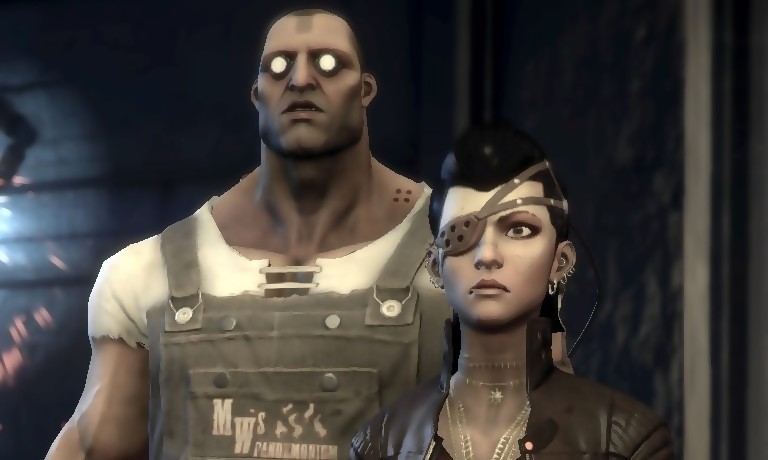

The playtime actually correlates pretty well with how long it takes to play through the Longest Journey and it's also a bit longer game than Dreamfall was.Īt first, Chapters feels a bit slow. A lot of it is the story, but there's a decent chunk of a game there as well. Even more than that, depending on your puzzle-solving skills. And as I'm comparing it to Telltale games, it's also fair to point out, that Chapters is far longer than anything they've produced, clocking around 19-20 hours of playtime. Chapters manage to feel more like a genuine game in many places, despite it still being a story-heavy game.

Many Telltale games are merely checkpoints, where you press a button or move a cursor in order for something different to happen. Unlike Telltale games, Chapters does have a bigger emphasis on puzzles as well. Things you do and don't do affect how the story flows. For example, Zoë is employed in a different place, depending on how she wakes up, which means that you'll see different people and even have some variation in the puzzles you encounter. Unlike the previous games, which were story-heavy as well, Chapters borrows from Telltale games, providing story branches, which go in different directions depending on what you choose. The segments of Saga take place in a house between, an abode between the world, a shelter her parents have built to keep her safe.įrom the get-go, Chapters teaches you that choices matter. The third playable character is Saga, a girl whom we see grow up from a toddler to a young adult during her interlude segments. The game itself is divided in, as the name suggests, chapters, which are divided between Zoë and Kian, taking place in Stark and Arcadia. As April is no more, the story continues from the perspective of Zoë and Kian. This review will have spoilers, especially towards the first two games in the series, so be warned.Ĭhapters begin from where Dreamfall ended: April Ryan is dead, killed by the Azadi soldiers, who raided the resistance camp, Zoë is in a coma and trapped inside storytime, unable to find her way out and Kian Alvane, an Azadi Apostle turned traitor is in jail, waiting to be executed. And now, three years from that, a Final Cut, a definitive edition of Dreamfall Chapters has been released.

For years the fans wanted to know what happened, but it took 8 years before Dreamfall Chapters (2014), a crowdfunded sequel was released. But it wasn't and it didn't sell enough, which was frustrating, as the story ended in a cliffhanger. While it did continue the tale of April Ryan, the protagonist from the first game, the focus shifted to a new character, Zoë Costillo, who found out that she was a Dreamer, a person who could dream herself from one world to another, thus travelling between Stark and Arcadia, whereas Zoë was a shifter, someone who used portals to do the same.ĭreamfall wasn't a point 'n' click game, but a 3rd person action-adventure, as the developers assumed that was what the players wanted. Later in 2006, a sequel to the Longest Journey was released, this time called Dreamfall. That was the period, when the game developers noticed, that point 'n' click games had lost their appeal and the future was free-roaming 3D. Dreamfall Chapters: The Final Cut (2017, original 2014), directed by Ragnar Tørnquist, written by Ragnar Tørnquist and Dag Scheve, developed by Red Thread Games, published by Deep Silverīack in the late 1990s, in 1999 to be more precise, the Longest Journey was released, a game I consider as one of the best adventure games ever made and one of the last good games in the genre for nearly a decade.


 0 kommentar(er)
0 kommentar(er)
